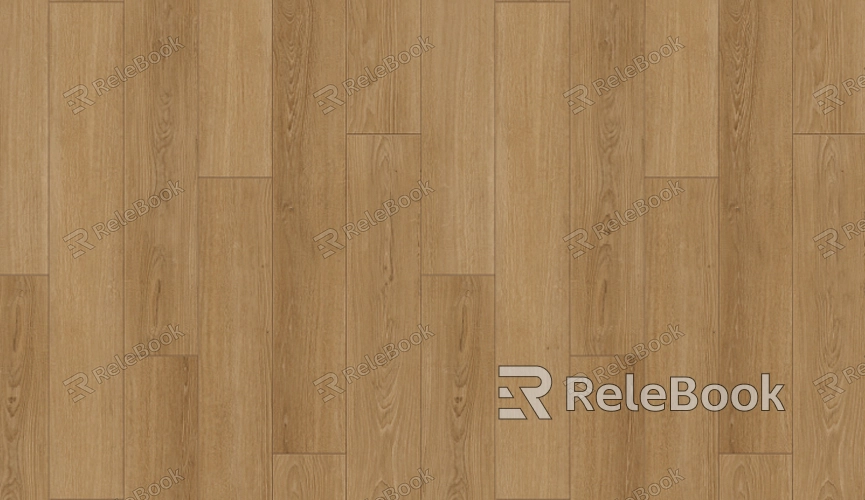How to Arrange Textures for 3D Models?
In 3D modeling, arranging textures is a crucial step. Appropriate textures not only enhance the model's realism but also improve its visual appeal. This article will delve into effective methods for arranging textures on 3D models. By understanding the basic concepts of textures and arrangement techniques, you will be able to create more attractive and professional-looking 3D work.

Understanding the Basic Concepts of Textures
Textures refer to the images or patterns applied to the surface of 3D models. They provide detail and depth, making the models appear more realistic. Textures typically include information about color, glossiness, and transparency. Understanding these basic concepts will help you make better choices when arranging textures.
1. Types of Textures
Common types of textures include diffuse textures, normal maps, and specular maps. Diffuse textures are the most important, as they determine the model's overall appearance. Normal maps simulate the subtle bumps and grooves on the surface, while specular maps control the reflective qualities of the surface.
2. Texture Coordinates
Texture coordinates are key to mapping 2D textures onto 3D models. Each model has a set of UV coordinates that dictate where the texture will be displayed. Properly setting these coordinates ensures that the texture appears naturally and smoothly on the model's surface.

Steps to Arrange Textures
When arranging textures for 3D models, you can follow these steps to ensure a satisfactory final result.
1. Prepare the Model
First, make sure your 3D model is complete and has a clear UV unwrap. UV unwrapping is the process of laying out the 3D model's surface onto a 2D plane. Without a proper UV layout, textures will display irregularly, affecting the overall look.
2. Choose Appropriate Textures
Select textures that suit the nature of the model. For natural objects, you can use realistic photo textures; for sci-fi or abstract models, choose more artistic textures.
3. Apply Textures
Apply the chosen textures to the model. Use the material editor in your 3D software to load the textures into the appropriate channels. Adjust the texture's scale, rotation, and position to ensure it fits the model perfectly.
4. Fine-tune Details
After applying the textures, make adjustments for finer details. Use the software’s tools to modify the texture’s brightness, contrast, and color to achieve the best effect. Additionally, you can add subtle details like dirt or scratches to enhance realism.
Optimizing texture Arrangement
Once the texture arrangement is complete, further optimization is needed to improve rendering efficiency and visual quality.
1. Reduce the Number of Textures
Using too many textures can increase the rendering load. Try to combine similar textures using texture atlas techniques. Merging multiple small textures into a larger one can reduce the number of rendering calls.
2. Use Efficient Texture Formats
Choosing the right texture format can optimize load speed and rendering performance. Common formats include PNG, JPEG, and TGA. Select the appropriate format based on your needs to balance quality and performance.
3. Real-time Preview
During texture adjustments, real-time previews can help you intuitively understand the effects. Use the viewing functions in your software to check how the texture looks on the model, allowing for timely corrections.
Arranging textures for 3D models is a complex but essential process. By understanding the basic concepts of textures, following arrangement steps, and optimizing your approach, you can create more appealing 3D works. Once you've mastered these techniques, consider downloading high-quality 3D models and textures from Relebook to further enhance your creative projects.
FAQ
What is UV unwrapping?
UV unwrapping is the process of laying out the surface of a 3D model into a 2D plane. This step is crucial for applying textures correctly.
How do I choose appropriate textures?
When selecting textures, consider the nature and theme of the model. Use realistic photo textures for natural objects and more artistic textures for sci-fi models.
How can I optimize texture arrangement?
You can optimize texture arrangement by merging similar textures, selecting efficient formats, and using real-time previews to improve rendering efficiency.

